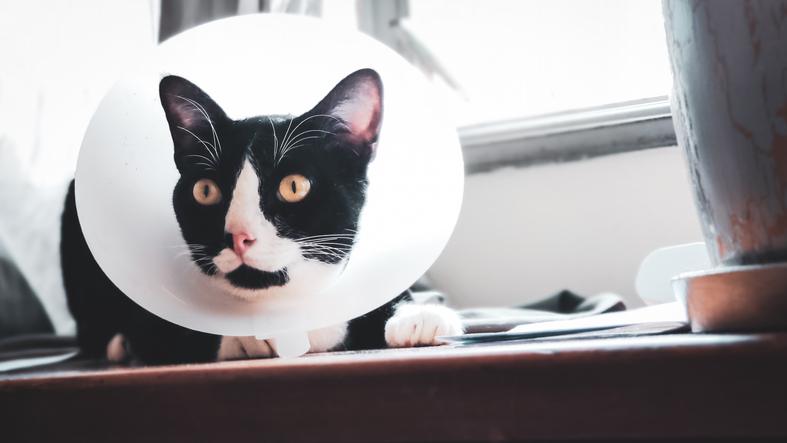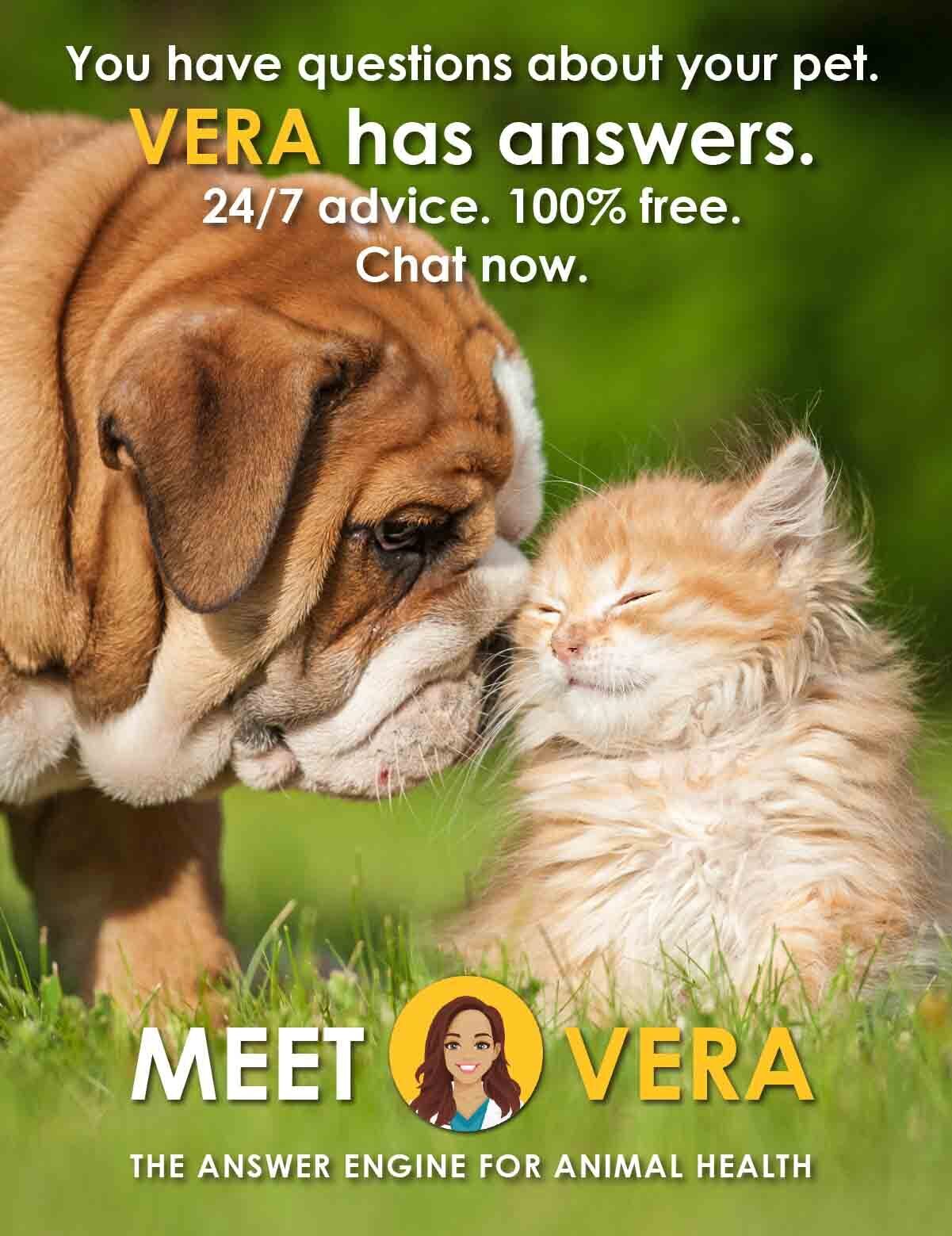Are you wondering when is the right time to spay or neuter your dog or cat? Pet parents always have many questions surrounding spaying and neutering so let’s look at some basics to put your mind at ease!
What Does it Mean to Spay or Neuter?
Both the spay and neuter procedures involve removing the reproductive organs responsible for creating more puppies and kittens! Spaying a female dog or cat is also known as an “ovariohysterectomy” (OVH) or “ovariectomy” (OVE). In the female dog or cat, these procedures remove the ovaries, with or without removal of the uterus, so she can no longer have heat cycles or become pregnant. Neutering, aka “castration”, involves removing both testicles from a male dog or cat.
Why Spay or Neuter?
Spay and neuter procedures have both obvious and lesser-known benefits. To state the obvious – removing the reproductive organs eliminates accidental breeding and the addition of litters of puppies and kittens to the already overflowing population of pets that need homes. Plus, no need to worry about cleaning up after that messy heat cycle that occurs every 6 months for female dogs!
Regarding the lesser-known benefits – spaying and neutering can provide pets with longer healthier lives! In female dogs and cats, spaying will protect from developing mammary (breast) cancer as well as a very serious and life-threatening hormone-based uterine infection called “pyometra”.
Neutering keeps male dogs safe by decreasing their desire to roam the neighborhood in search of a mate. In-tact (non-neutered) dogs are frequent flyers at veterinary emergency hospitals because they’ve escaped and been hit by a car or engaged in a dog fight causing serious injury. Also, due to the decrease in hormones due to the absence of testicles, neutered male dogs and cats may also be less likely to exhibit other undesirable “male” behaviors like urine marking/spraying, and some aggressive tendencies (however, some of these are learned behaviors and may not be affected). Also, the incidence of testicular cancer is eliminated in neutered male dogs, and diseases of the prostate are also decreased.
What Age Is Best to Spay or Neuter a Puppy and Kitten?
The appropriate time to spay or neuter your puppy is a great conversation to have with your veterinarian due to the factors involved – the pet and family’s lifestyle, breed, and projected adult size. Most animal shelters and rescue organizations will alter their adoptees before they are placed in new homes, which can be as young as 8 weeks of age. Otherwise, the current AAHA guideline is to spay or neuter small breed dogs prior to their first heat cycle, which corresponds to about 6-8 months of age. For large breed dogs like Golden Retrievers, Labs, German Shepherds, and Rotties, there are some newer recommendations to wait until they are skeletally mature, which occurs around 1-1.5 years old. Why? Since large breed dogs mature later than small breeds, the latest research has shown that allowing a longer timeframe for growth and waiting to spay or neuter may decrease the incidence of certain cancers, orthopedic issues, and urinary incontinence. These issues do not affect small breed dogs like they do their larger friends.
For cats, spaying and neutering before maturity is recommended at approximately 5-6 months of age for both males and females.
Is Anesthesia and Pain Medication Dangerous?
Anesthesia and pain medication ensure that your pet is the most comfortable they can be before, during, and after the procedure. Since there is some inherent risk associated with anesthesia, your veterinarian will do their best to create the safest environment for your pet through a variety of measures like a physical exam, blood testing, checking vital signs throughout, and administering fluids. Pain and anti-inflammatory medications are sent home for several days following the procedure to ensure for the most comfortable and swift recovery period. Ultimately, the benefits of spaying and neutering outweigh the risks, and with safety precautions in place your pet’s health and best interests are always a priority.
How About That Recovery Period?
Just like humans, dogs and cats need some time to relax and heal after surgery! On average the full recovery time after a spay and neuter is about 10-14 days. During this time, it is recommended that they rest as much as possible, with no running or jumping. Some dogs and cats are very compliant patients, and others are ready to resume their normal active lives the very next day! Beware that your dog or cat’s movements will tug and pull at the sutures holding the incision together, possibly causing them to tear and open! Also, excess bleeding and swelling can accompany too much activity and complicate healing.
Keeping your dog or cat from licking and chewing that incision is critical too. They can quickly and easily dislodge the layers of sutures and cause serious injury to the area. The Elizabethan collar, aka the “cone of shame” is the most effective device to keep them from licking the area.
If your pet is not handling the recovery period well, communicate with your veterinarian for their recommendations and advice.
Our AskVet Veterinarians are available to discuss all of your pet’s needs 24 hours a day, 7 days a week. Whether you have an immediate need or are looking to improve your pet’s overall wellbeing, just sign into your account and one of our friendly and knowledgeable veterinary experts will attend to your needs, no appointment required!
Written by:
Alexa Waltz, DVM
Dr. Waltz was raised near the beaches of Southern California but has spent her adult life living all over the beautiful United States while serving in the military and as a military spouse. She left California for the first time to pursue a career as a veterinarian at Louisiana State University School of Veterinary Medicine and graduated as a Doctor of Veterinary Medicine in 2006. She was accepted into the US Army Health Professionals Scholarship Program during vet school and upon graduation spent her military years as a veterinarian in San Diego working for the US Marine Corps and US Navy Military Working Dog programs as well as caring for pets of service members. After her military service, she became a civilian veterinarian and continued as a small animal general practitioner at clinics in California, Rhode Island, Colorado, and Maryland. Dr Waltz loves to see her “in person” patients just as much as communicating with and assisting pet parents virtually on AskVet. Dr Waltz is also a Mom to 3 humans, 2 guinea pigs, and 1 Australian Shepherd and in her spare time she loves traveling, adventures, exercising, and doing just about anything out in nature!






